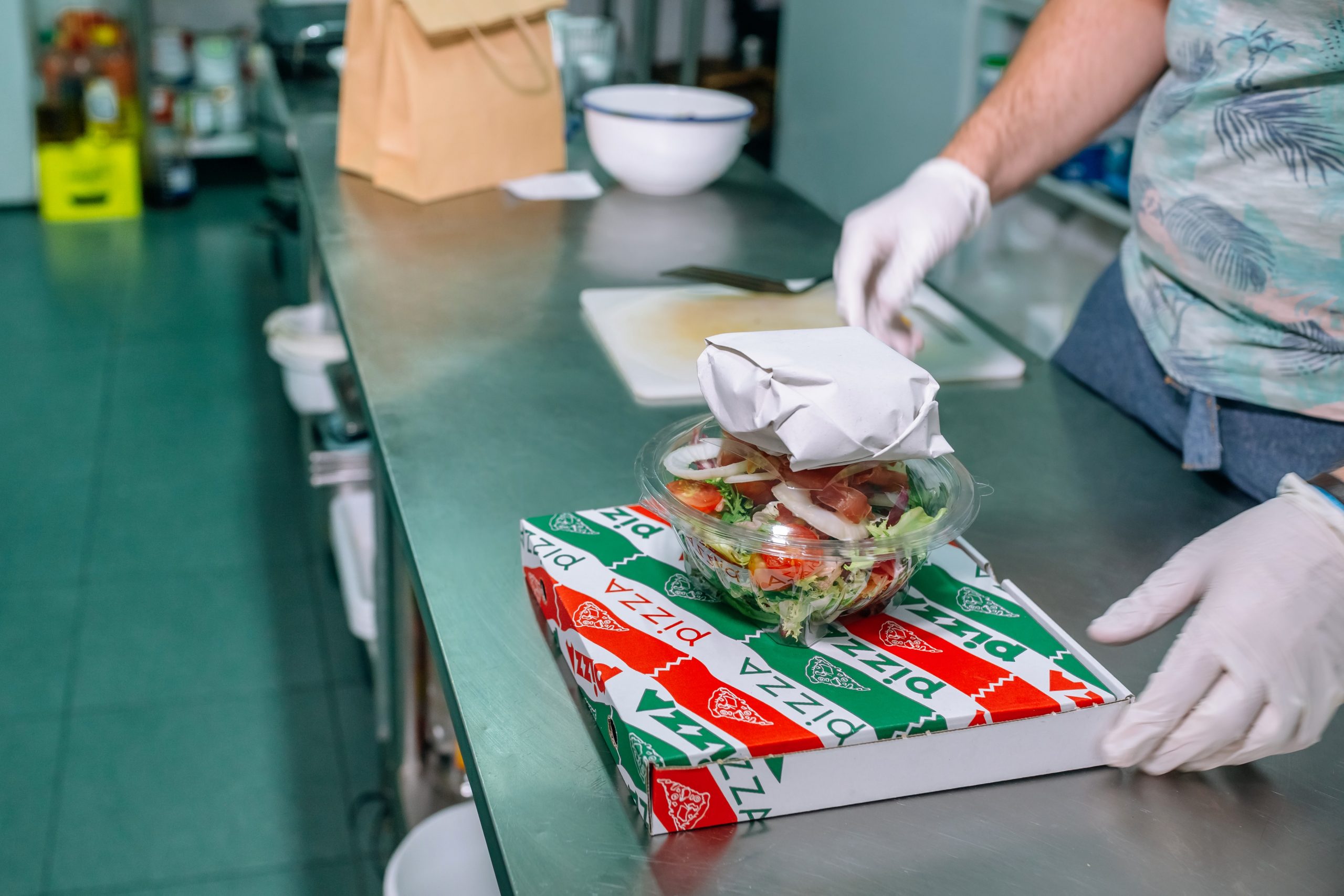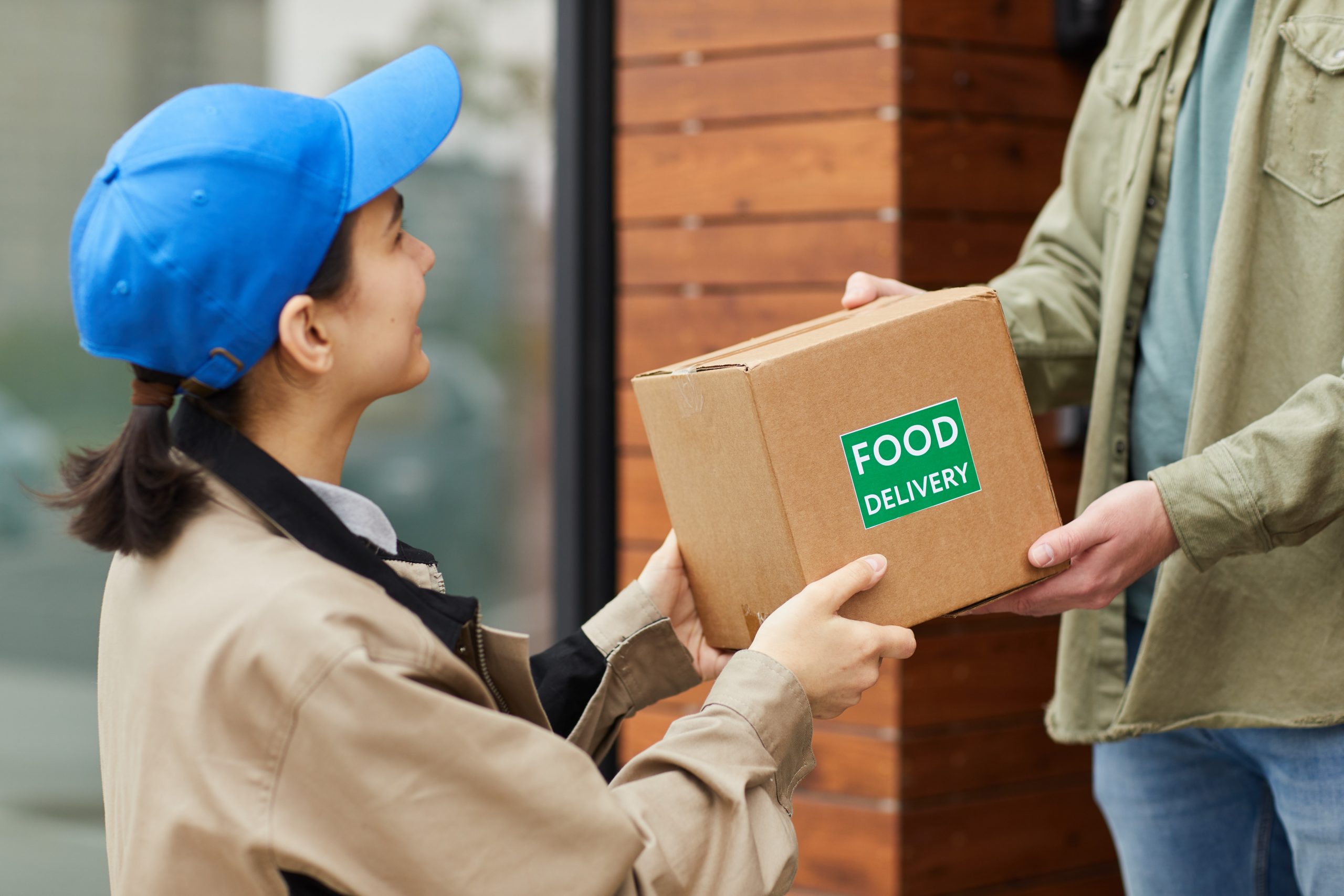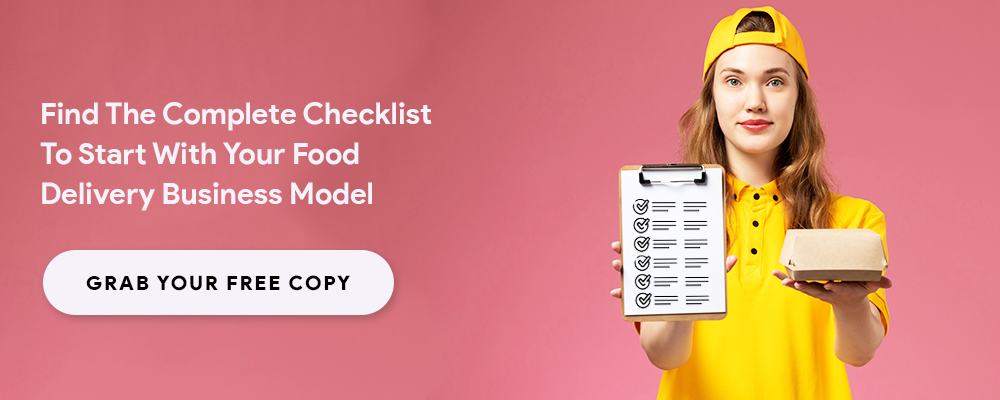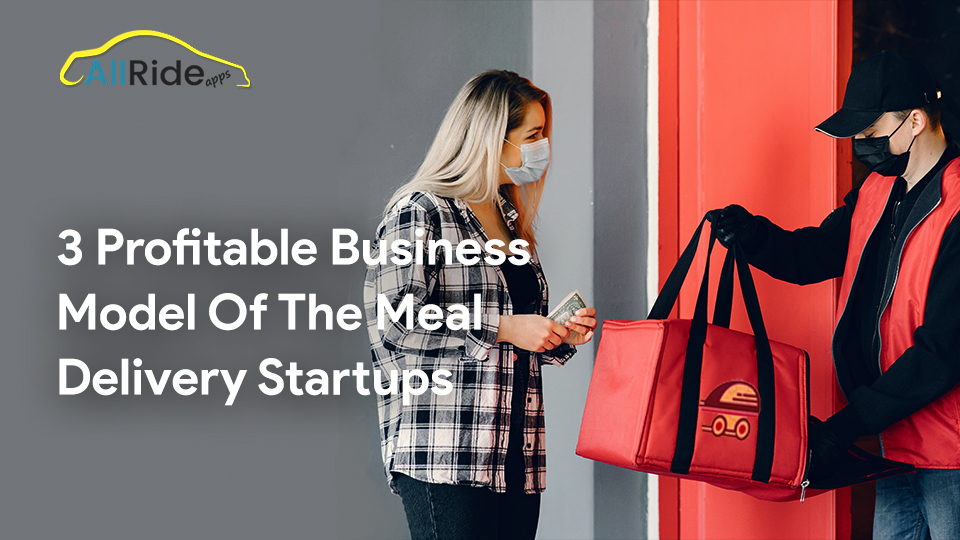
3 Ondemand Food Delivery App Business Models That You Should Know About
The online food delivery app startup is on a boom, especially after the coronavirus pandemic. Most people maintain precautionary measures and fear to step out of their homes and order food on the delivery software. This resulted in the growth of online meal delivery startups. Another fact about this industry is that the food delivery industry is evergreen and will continue to earn profits till infinity. But before starting an online food delivery business needs it is important to understand different Food delivery app business models. So, let us dive into the topic to give you a better knowledge about online food ordering business models.
Why Do So Many On-Demand Food Delivery Start-Ups Fail?
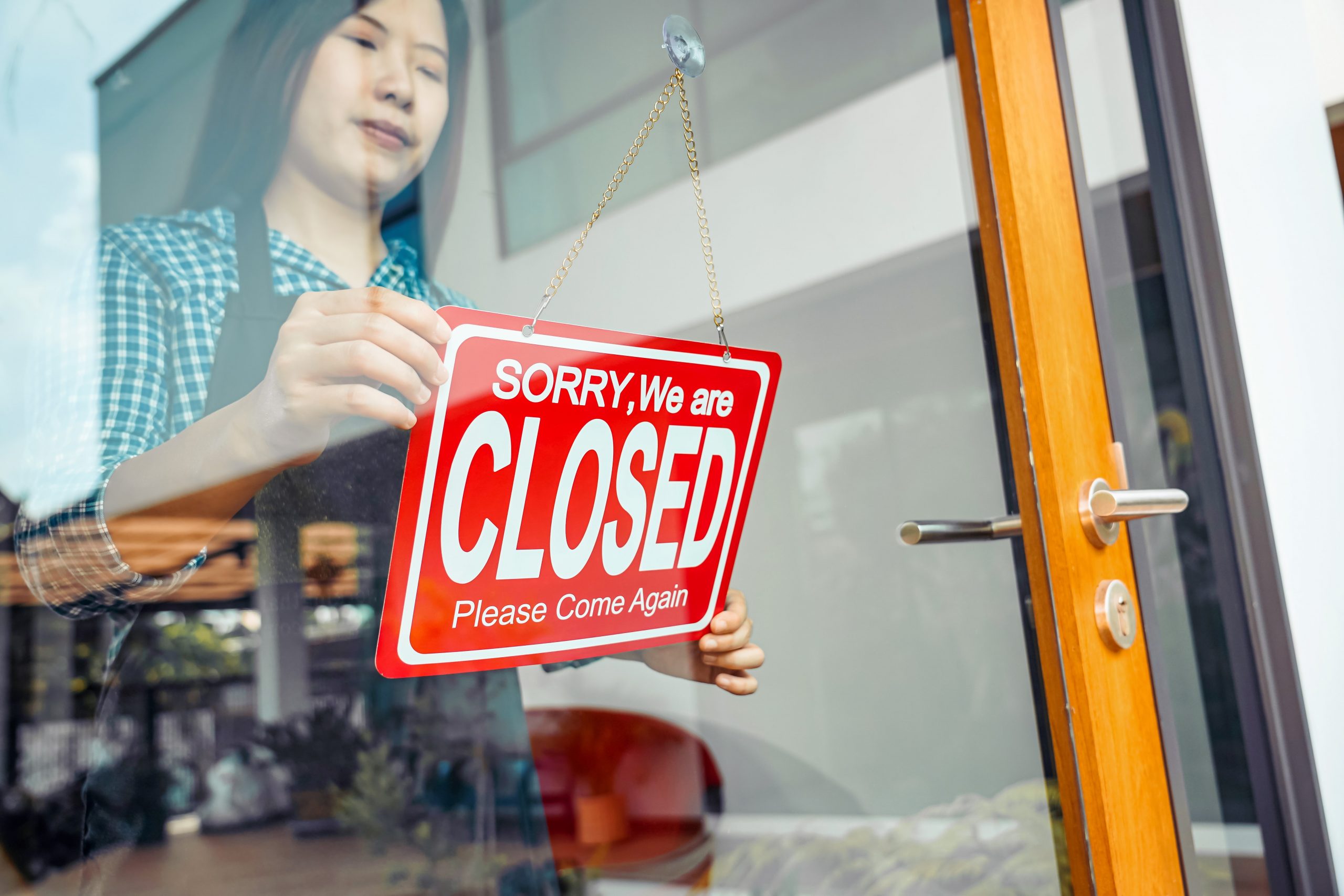
As we all know, the on-demand food delivery business is a trending buzzword in Europe, the USA, Asia Pacific, and the Middle East regions. In fact, every restaurant owner, venture capitalist, and entrepreneur wants to invest in the on-demand economy to get the best return on investment. However, many business owners are facing failures in the on-demand food delivery business. As the industry is expanding with the emergence of new market players, not all can survive and maintain their customer base with proper management. Thus, if you are going to launch your on-demand food delivery app startup, it is important to study the reasons behind the failure of the online food startup.
Food Quality
Food quality and service quality play the important factors for customer satisfaction which in turn gather customer retention. As we all know the quality of the food is what the customers expect from the meal delivery startups. Thus to maintain the reputation of your food delivery business, in such a tough competition, you need to take into consideration the best quality food and utmost customer satisfaction. This is what your ultimate goal should be.
On-Time Food Delivery

Most of the time customers tend to uninstall those food delivery apps which fail to deliver the food on time. Yes, it’s very tough to wait for the food when you are starving. Isn’t it? Most of the food delivery software claim to deliver the meals within 30 minutes. Real-time food delivery will help in increasing the customer base.
Right Time To Launch The App
It’s useless to fight a war without weapons. Thus you need to fix all the minute technical problems before launching the app. This is where many businesses fail. Your main priority would be to meet the customer expectations as well as their delivery requirements from your food delivery startup. Now, if you have already captured your local market by maintaining quality food and delivery turnaround time, then it’s the right time to launch an on-demand food delivery app.
Arrival Of Global Players
Witnessing the great potential of the on-demand food delivery market, international players have also started to enter the industry. Global business giants like Uber and Amazon are all set to flourish their businesses with UberEats and Amazon Restaurant. This will make the old players in the industry like Pizza Hut, Dominos, and Starbucks challenging to win the race. As these companies already have a strong operational and financial background to cope with the market demand, it will be difficult for independent start-ups to maintain their position in the industry.
Collaborating With The Best Technology Partner

If you have already decided to hire a freelancer or a start-up company for food delivery app development, it’s your biggest mistake. Always make sure to collaborate with the professional food delivery app development company to get a customized on-demand food delivery app. Professional app developers have in-depth knowledge of how to convert your dream business into a bug-free, seamless, and scalable quality product.
Difficulty To Cope With Volumes
There are times when specific dishes of restaurants get extremely popular for their food quality, which starts getting orders in a large volume. This makes it difficult for the restaurants to manage the online customers along with the offline customers. In this case, the restaurant should start by featuring a small menu online which can help in maintaining the flow of orders.
How Does An On-Demand Food Delivery Business Work To Make Money?

There are various ways through which online food delivery startups can earn money:
- Being the service provider you can charge a fee to the restaurants to whom you are providing services. Generally, the placement of a restaurant in your app depends on the amount it pays. For instance, the more a restaurant pays, the better its positioning will be. However, it is also affected based on the customer reviews.
- You can charge a specific delivery fee from the customers who order a dish from the restaurant.
- Ad placement is also one of the best ways which can help you earn additional revenues.
Related read: Contactless Dining & Restaurant Ordering System: An Ultimate Guide
Following are things that you need to keep in mind before starting your food delivery business:
- Make sure to gather all the essential things before getting started such as a computer, a telecommunication system, website, app, internet connectivity, vehicles, delivery boys, food delivery bags for the delivery boys.
- Decide whether you want to hire full-time delivery boys or part-time contractors.
- Complete all the necessary paperwork such as insurance covers and license before starting your business.
- Plan a strong marketing strategy because no business can succeed without proper marketing.
- Plan and choose amongst the best Food delivery app business models to ace the food delivery business game.
Types Of Food Delivery App Business Models

The online food industry has taken over the traditional food businesses by implementing the full-cycle approach that consists of three basic components on meal experience namely, Ordering, Cooking, and Delivering.
Ordering: Orders are the customer’s requests to cook and deliver meals. All the on-demand food companies receive order requests from the customers either through their app or website.
Cooking: Some meals are already pre-cooked while some are cooked after the customer places the order. It depends on the cooking time as estimated for the food delivery software.
Delivering: Delivery is the backbone of the growth of an on-demand food delivery business. These businesses can adopt various food delivery business models according to certain factors.
Generally, there are three different food delivery business models that are adopted by the industry. We will go through each of the Food delivery app business models one by one.
The Order Only Model

The first-generation restaurant ordering service like JustEat and GrubHub follow this food delivery business model. Here, the service provider acts as a route between the local restaurants and customers through its online portal. It will help in connecting the customers with the restaurants to place and deliver the orders. This food delivery business model allows the restaurants to make a strong brand presence with a larger audience base. Moreover, it also helps the customers to easily place the order from the best restaurant.
Order Allocation
- The technology that is used by brands to communicate regarding the order to the restaurants works as follows:
- Customers place an order from the company applications or website.
- The restaurants receive the order via email, fax, or mobile notifications
- The restaurants will confirm that they have accepted the order requests and send a message to the customers.
- The companies can also start sending orders into a native mobile phone app or a web app.
- There are times when the orders are printed to the kitchens via a POS system.
For Delivery
- The delivery executive will deliver the order to the customer’s location.
- To avoid any confusion related to the delivery, the company will provide the customer’s mobile number to the delivery boy.
Pros Of Order Only Model
In the Order Only Model, the owner does not have to face any problems related to food delivery. Moreover, the brand can charge a commission fee for every order placed by the customers from the restaurants.
Cons Of Order Only Model
In this Food delivery app business model, attracting customers to your online food platform will be a bit challenging to accomplish, Thus you have to research, think and innovate how your eateries would be different from your competitors. Not only this but you also have to invest in marketing your business portal to stay ahead in the race. The services of the company play the key role that the restaurants are providing to their customers.
Related read: How Does The On-Demand Hyperlocal Delivery Model Work?
The Order And Delivery Model

This is the common food delivery business model which is used by most of the reputed brands which handle customers, restaurants as well as delivery. Many eateries generally collaborate with this type of marketplaces because they don’t have to give extra time in dealing with the delivery task. One of the global food delivery apps which adopted this model is UberEats. However, you need more resources to operate this food delivery business model as compared to the first one. Let’s dive in to know the details.
For Order Allocations
- The restaurants can easily register in your online food delivery portal.
- On the other hand, customers can also place an order from their favorite restaurant via your portal.
- The order requests will be received by the restaurant owner through the in-app notifications or website.
- Finally, the customers will make the payment for the order either offline or online according to their convenience.
For Delivery
- The delivery executive at the nearby location will see the push notification to receive the order and deliver it to the doorstep of the customer.
- The platform will charge a delivery fee depending upon the distance.
- The customers can even provide instructions for the order delivery such as no contact delivery, do not ring the doorbell, etc.
Pros Of Order And Delivery Model
In this Food delivery app business model, the success of the businesses depends upon the customer satisfaction which they experience from the restaurants as well as delivery boys. As mentioned above, you can charge a commission on every order that the customers along with the delivery fees. Once the customers place the order, you will provide instant as well as flexible delivery at the doorsteps of the customers by the trained delivery boys. Thus, the customers will give you higher ratings and reviews for your food delivery app startup. Being an owner, you need to track all the activities that are going on in your company and upgrade your business better than others.
Cons Of Order And Delivery Model
Most of the meal delivery startups fail because they fail to deliver the orders on time. On-time delivery is the crucial element for user satisfaction. Hence, you need to keep an eye on and find ways to provide delivery at the given time. Another challenge the startups face is the lack of management skills when it comes to managing huge resources.
Aggregator Model

The next food delivery business model for startups is somewhat different from the other two models. This model is for those who are planning to come up with a complete individual food delivery business plan. Some of the global players who follow this business model are RocketFood and Eat Purely. In this model, the owner will be solely responsible for the entire operation, right from cooking to delivery. You can either hire a chef to prepare the dishes or you can cook the same. However, most of the brand collaborates with the professional chefs for maintaining the food quality.
For Order Allocations
When it comes to ordering allocation, the business model works in any of the two ways mentioned below:
- In the first plan, there will be no requirement of admin, meaning when the order will be placed, it will be notified to the nearest delivery executive.
- For the second plan, you need to hire an admin for order allocation. Once the customer places the order, it will be redirected to the admin panel and finally, the admin will assign it to the nearest delivery boy.
For Delivery
- The orders will be delivered by the delivery executives that are hired by the company.
- There can be either instant delivery or scheduled delivery according to the preferences of the customers.
- Every delivery boy will be given multiple orders that are to be delivered at the doorsteps of the customers.
Pros Of Aggregator Model
The best part of the fully integrated Food delivery app business models is you don’t have to depend on any third-party service providers when it comes to user experience. This is because you are the one who will take care of all the operations. If everything goes properly then no one can stop you from earning huge profits.
Cons Of Fully Aggregator Model
One of the biggest disadvantages faced by this business model is operational cost. Many food delivery app startups have failed to continue their business because of the lack of operational costs. The biggest mistake that most businesses do is they try to cook their food.
Related read: How To Start Your Uber Business In 6 Weeks On A Lean Budget?
Secret Behind The Successful Food Delivery Startups

On-demand food delivery platforms are successfully serving millions of customers across the world and earning huge profits. Food delivery platforms such as UberEats and GrubHub have built a strong customer base by receiving food orders from lots of people daily. But small companies fail to compete with the leading startups and end up shutting down their businesses. The main reason behind this is small companies do not invest time and money in food delivery app development. So here we have listed some tips the successful food delivery startups follow:
On-Demand Application
Businesses are following strong strategies which help them to continue a successful business model for meal delivery. The intuitive design of the on-demand food delivery software will grab the attention of the users of the brand. Thus you need to create a customized food delivery app instead of designing the app like your competitors. You can discuss with the app development company and try to come up with an exclusive model for improving the customer experience.
Database Management
Businesses generally store the customer data such as name, address, and other details regularly. It will be useful for maintaining a loyal customer base. Furthermore, the on-demand food delivery platforms should partner with more local restaurants and instruct them to generate as many orders as possible. If the restaurant owners continuously get profits from your online portal, you will receive continuous revenue.
Advanced Features
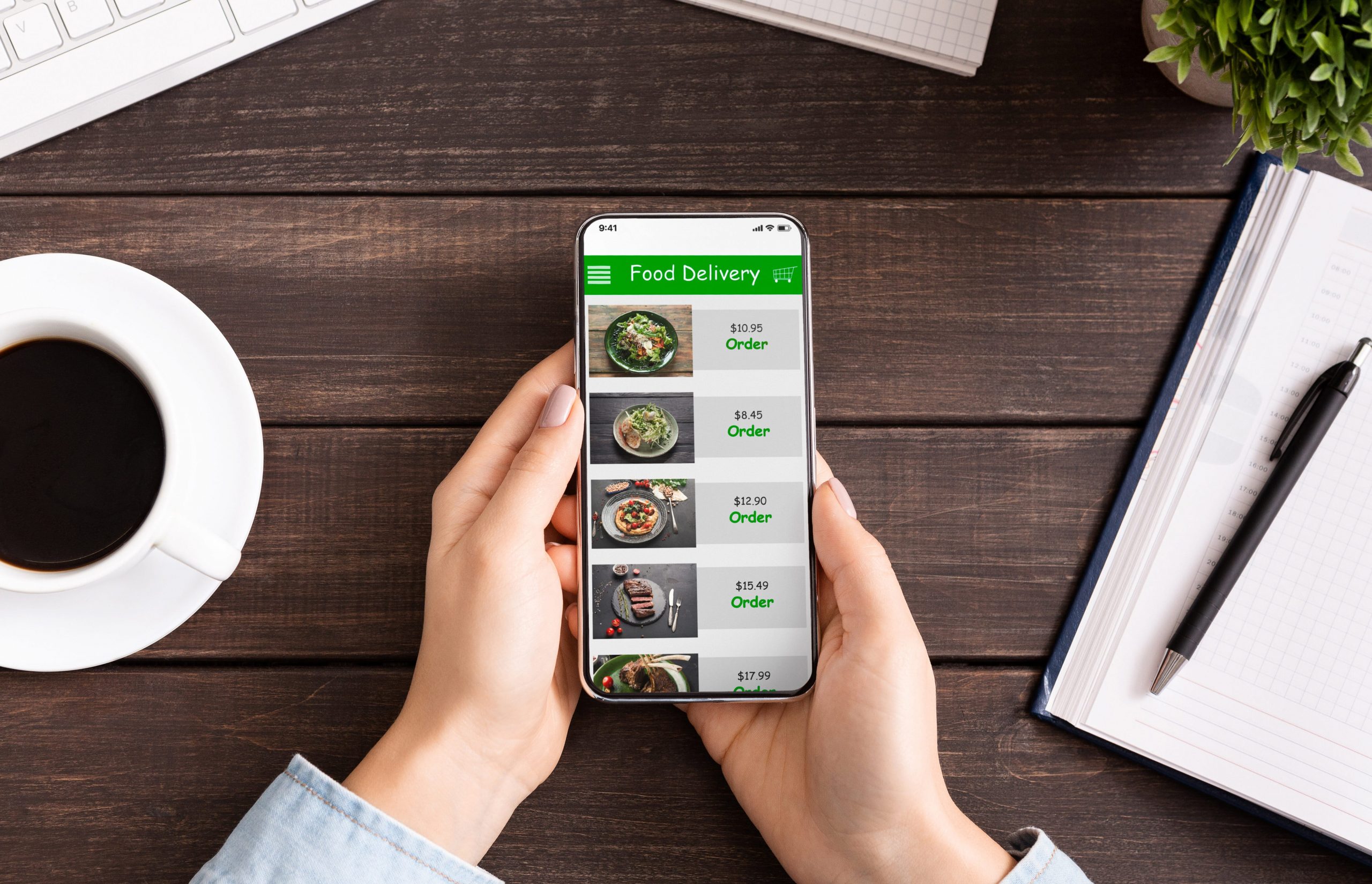
As discussed above, the trend of online food delivery has grown substantially. Your app’s dashboard, as well as the food order management system, should be designed in such a way that the customers get the ease of use. Certain features such as delivery addresses, previous orders, e-wallets, and transaction details options will fasten the entire online food ordering process.
Product Customization
The companies which are providing customizable food ordering features in their app will get more customers. For instance, food variety and tastes vary from region to region and the success of the food ordering businesses rely on how they satisfy the needs and preferences of the customers. Moreover, the digital food menu should be designed as per the local cuisines. You can even integrate a multilingual option to develop a large customer base.
Which Food Delivery App Business Model To Go For?
Developing an advanced food delivery platform would be beneficial both in the present and the future because many offline businesses have already shut down due to the COVID 19 crisis. You can select any of the meal delivery business models according to your needs and requirements. All the Food delivery app business models come with their advantages and disadvantages. But make sure to research your startup and your competitors. If you are in search of guidance on how to start a successful meal delivery startup, AllRide Food Delivery experts are here to help you out by providing the best solutions.




